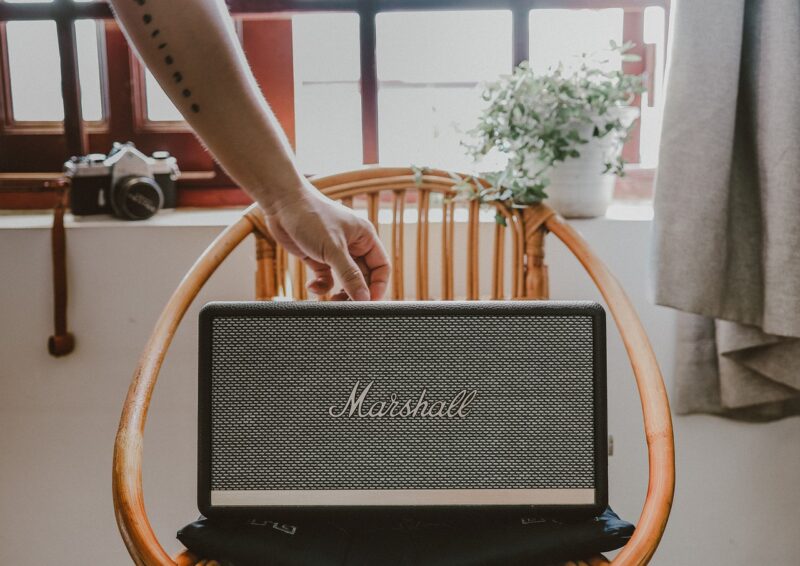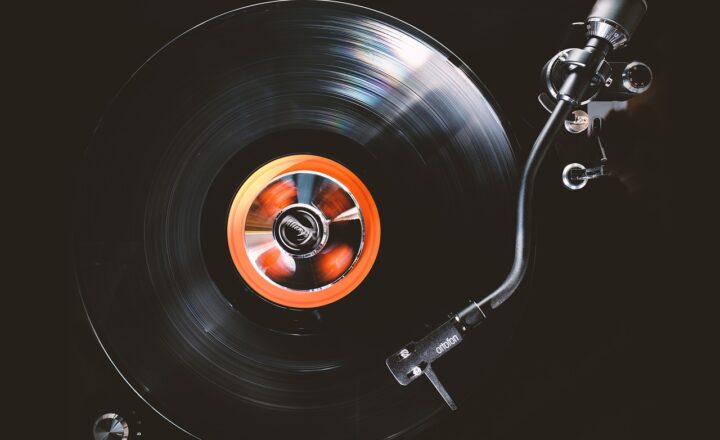How to Calibrate Your Turntable and Speakers for Optimal Audio Performance
November 13, 2024

Calibrating your turntable and speakers is crucial for achieving the best audio performance possible, especially if you’re an audiophile or someone who simply appreciates great sound. With the right setup, you can enhance your listening experience, optimize sound quality, and truly enjoy your vinyl or music collection.
1. Understanding the Basics of Audio Calibration
Calibration is the process of adjusting and fine-tuning audio equipment to achieve a desired sound quality. This includes the placement of your turntable and speakers, ensuring that they are operating together harmoniously. A well-calibrated setup can eliminate unwanted distortions, improve stereo imaging, and create a balanced sound stage.
What You Need for Calibration:
1. A Turntable
2. Speakers (Bookshelf, Floorstanding, or Studio Monitors)
3. Receiver or Amplifier
4. Calibration Tools:
– Sound Level Meter (or a smartphone app)
– Ruler/Tape Measure
– Anti-Static Brush
– Record Cleaning Kit (optional)
2. Setting Up Your Turntable and Speakers
Before diving into calibration, ensure your equipment is properly set up:
#
Turntable Placement:
– Level Surface: Use a level to confirm your turntable is on a flat surface. Uneven surfaces can cause skipping.
– Distance from Speakers: Position your turntable away from speakers to minimize vibration interference. A good rule of thumb is to keep them at least a few feet apart.
– Avoid Direct Sunlight: Keep the turntable out of direct sunlight to preserve the vinyl and electronics.
#
Speaker Placement:
– Forming an Equilateral Triangle: Ideally, your speakers and listening position should form an equilateral triangle. Ensure they’re not too close to walls which can cause reflections.
– Height: Ensure that the tweeters (the small speakers that handle high frequencies) are at ear level when seated.
– Room Acoustics: Consider room features—furniture, curtains, and carpets can absorb or reflect sound. Test different placements for optimal sound.
3. Adjusting the Turntable Settings
Once your turntable and speakers are positioned correctly, it’s time to calibrate the turntable:
#
Step-by-Step Turntable Calibration:
1. Set the Tracking Force: Consult your cartridge’s specifications. Use a digital scale if necessary to adjust the tracking force as this affects how your needle interacts with the vinyl.
2. Anti-skating Adjustment: This keeps the stylus aligned in the groove. Match the anti-skating setting to your tracking force for optimal results.
3. Level the Tonearm: Ensure your tonearm is level when in use. An unlevel tonearm can lead to tracking issues.
4. Check the Cartridge Alignment: Use a protractor to ensure the cartridge is aligned correctly in the headshell. Misalignment affects sound quality and can cause wear on your vinyl.
4. Calibrating Speaker Levels
After tuning your turntable, you’ll want to calibrate the levels of your speakers:
#
Step-by-Step Speaker Calibration:
1. Use a Sound Level Meter: Position the sound level meter at your listening position (ear level) and play a test tone from your receiver. This will measure the sound pressure level (SPL) output.
2. Adjust Each Speaker: Adjust the volume levels for each speaker (including the subwoofer, if applicable) until they all measure at a consistent SPL (ideally around 75-85dB).
3. Balance the Bass and Treble: Most receivers have a bass and treble adjustment. Use your ears to balance these frequencies to your liking, but keep it subtle.
4. Test Stereo Imaging: To ensure the calibration is perfect, play music with rich stereo imaging elements. Adjust until the soundstage feels balanced.
5. Fine-Tuning Your Setup
Once calibrated, embark on fine-tuning your setup until it reflects the sound you desire:
– Room Treatment: Consider using acoustic panels to reduce echo or unwanted reflections in your listening space.
– Experiment with Cables: Audio cables can affect sound. Test various options to see if one improves sound quality over another.
– Regular Maintenance: Keep your vinyl and equipment clean. Dusting the turntable and speakers regularly helps maintain audio quality.
6. Equipment Upgrades and Their Impact
Investing in better components can significantly upgrade your audio performance:
– Upgraded Speakers: Consider high-fidelity models that offer clarity and depth above entry-level options.
– Better Turntables: Upgrading the main turntable can increase overall fidelity.
– Quality Cables: Investing in high-quality interconnects and speaker cables impacts audio integrity.
Understanding the operation of your equipment is key to maximizing audio performance. Pairing great hardware with thoughtful calibration technique will allow you to unlock the full potential of your music collection.
Conclusion
Properly calibrating your turntable and speakers can seem daunting, but with some patience and the right tools, you can reap the rewards of a superior audio experience. If you regularly revisit your setup every few months, or whenever you add new components, you’ll ensure the best performance for all your listening needs. Enjoy the sweet sounds of your vinyl collection like never before!
Feel free to share your own calibration tips or experiences in the comments below. Happy listening!







